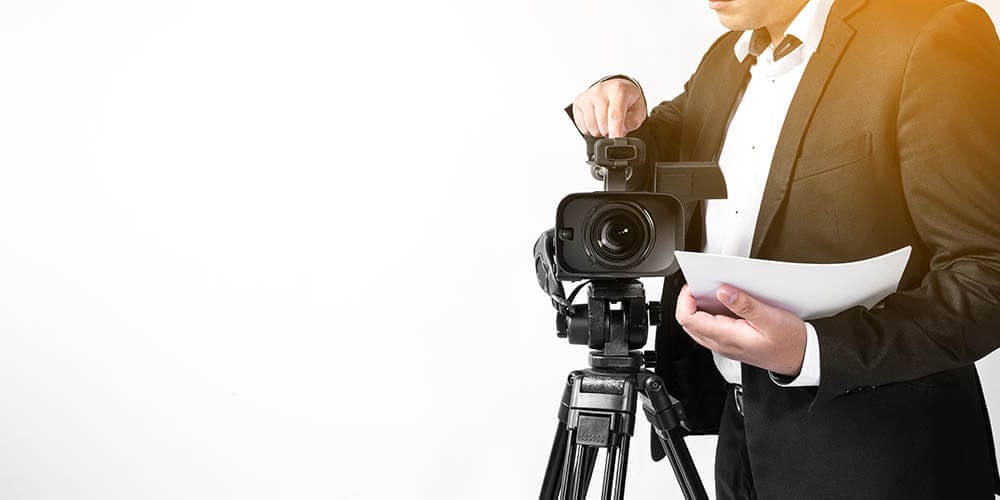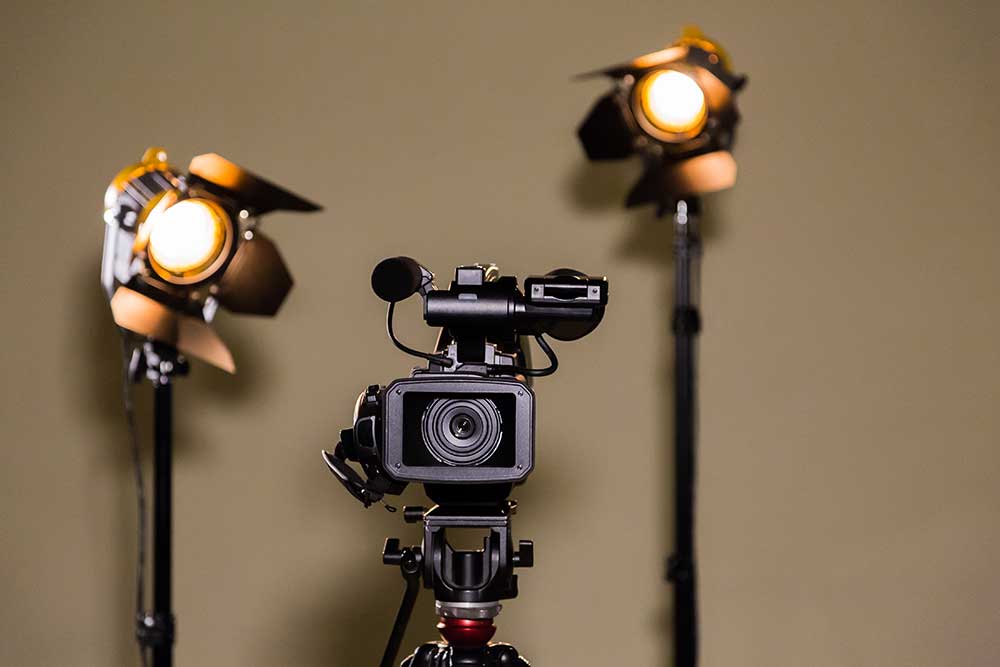How Legal Videography Boosts Courtroom Discussions and Evidence
How Legal Videography Boosts Courtroom Discussions and Evidence
Blog Article
Exploring the Devices of Legal Videography: Unveiling Its Procedure in Safeguarding Authentic Aesthetic Testament for Judicial Process
In the world of judicial process, the function of lawful videography stands as a keystone in maintaining and providing visual evidence. As innovation remains to breakthrough, the mechanisms behind legal videography have actually become significantly intricate, supplying an essential layer of authenticity to testaments recorded on video clip. By delving into the functional intricacies of legal videography, one can reveal the careful processes that safeguard the integrity of aesthetic evidence offered in court rooms - Legal Videography. This exploration not only loses light on the historic evolution of lawful videography however also means the future patterns that might additionally change just how visual statements are upheld in the world of justice.
Historical Development of Lawful Videography
Analyzing the historical development of legal videography exposes a substantial makeover in the capturing and discussion of aesthetic proof within the legal landscape. In the past, lawful process heavily relied upon composed photographs and transcripts to document occasions and give proof. Nonetheless, with the introduction of video modern technology, the lawful industry experienced a standard change in just how aesthetic testimony was captured and provided.
The evolution of legal videography can be mapped back to the late 20th century when improvements in video clip recording tools made it more available for usage in court rooms. This technical advancement not just enhanced the accuracy and integrity of visual evidence but likewise reinvented the means situations existed to judges and juries (Legal Videography). Attorneys began to identify the influential power of video clip recordings in communicating emotions, subtleties, and non-verbal hints that composed transcripts or photographs alone might not record effectively

Innovation Advancements in Video Documentation
What essential technological advancements have transformed video documents in the lawful area? The legal field has seen considerable advancements in video documentation innovation that have boosted the credibility and integrity of aesthetic evidence in judicial proceedings. Among the crucial innovations is high-def (HD) video recording capacities, which give crystal-clear photos and sharp details that are essential for accurately catching testimonies, face expressions, and various other visual hints. In addition, the assimilation of timestamping and metadata attributes in video documentation tools has made it possible for accurate documents of when and where the video was tape-recorded, ensuring the honesty of the evidence offered in court.
Additionally, developments in video file encryption and watermarking innovations have actually strengthened the safety and tamper-proof nature of video clip evidence, protecting it against unauthorized changes or meddling. The arrival of cloud storage space solutions and remote accessibility abilities has streamlined the storage, retrieval, and sharing of video proof, promoting smooth collaboration among lawful specialists and ensuring efficient access to essential visual statements when needed. These technological developments in video clip documentation have unquestionably reinvented the lawful area, boosting the precision, credibility, and admissibility of visual evidence in judicial procedures.
Role of Legal Videographers in Courtroom Setups
The advancement of video clip documentation technology in the lawful field has necessitated an important role for legal videographers in court room settings, guaranteeing the integrity and integrity of aesthetic testaments provided throughout judicial procedures. Lawful videographers play a fundamental duty in catching and preserving precise visual proof that can be critical in court cases. Their next page duty includes setting up tools, tape-recording process, and creating high-quality videos that properly reflect the events in the court.
In court room settings, lawful videographers need to stick to rigorous guidelines and criteria to preserve the authenticity of the aesthetic record. They need to possess a keen eye for information and a detailed understanding of legal treatments to guarantee that the footage they capture is a true depiction of the events that transpired. you could try here In addition, lawful videographers usually function closely with lawful groups to make certain that the video evidence straightens with the situation's needs and can be efficiently offered in court to sustain the legal disagreements being made. On the whole, the role of legal videographers in court settings is indispensable in upholding the principles of justice and making sure the transparency of lawful process.

Ensuring Admissibility and Stability of Video Evidence
To preserve the credibility of visual proof presented in legal procedures, making certain the admissibility and integrity of video clip proof is a crucial obligation for lawful videographers. Admissibility describes the acceptance of proof by the court, and for video clip proof to be admissible, it should satisfy certain criteria. Legal videographers play a vital duty in ensuring that the video clips they record follow the regulations of evidence, such as integrity, credibility, and relevance.
Honesty of video evidence involves keeping the creativity and accuracy of the footage from the moment it is recorded till it is offered in court. This consists of firmly saving the video clip data, recording the chain of protection, and preventing any kind of meddling or modifications. Lawful videographers have to comply with strict methods to assure the stability of the video clip evidence and prevent any obstacles to its authenticity.
Future Trends in Legal Videography
Given the increasing dependence on modern technology in legal proceedings, lawful videographers are poised to accept cutting-edge innovations forming the future of visual testimony capture and presentation. Among the prominent trends on the perspective is the assimilation of online fact (VR) and enhanced reality (AR) modern technologies into legal videography. These innovations have the potential to transform exactly how aesthetic evidence exists in court rooms, permitting discretionary to immerse themselves in the scene of the crime or case.
Moreover, the use of man-made knowledge (AI) formulas for video evaluation is expected to enhance the procedure of examining and analyzing big quantities of video footage. AI can help in determining key minutes, anomalies, and patterns within video clips, boosting the effectiveness of lawful investigations.

Conclusion
In conclusion, legal videography has played an important role in providing authentic visual evidence for judicial procedures. Through technological developments and the competence of lawful videographers, the honesty and admissibility of video clip evidence are ensured in courtroom setups. As legal videography proceeds to evolve, it will certainly be necessary to maintain requirements that keep the accuracy and dependability of aesthetic testimony for the future of lawful proceedings.
Examining the historical development of legal videography discloses a considerable improvement in the catching and presentation of visual evidence within the lawful landscape.The evolution of video paperwork modern technology in the legal field has actually necessitated a critical role for legal videographers in courtroom setups, ensuring the stability and dependability of aesthetic testaments provided throughout judicial proceedings. Furthermore, legal videographers typically work closely with legal teams to ensure that the video proof aligns with the instance's needs and can be effectively presented in court to support the lawful debates being made.To keep the reliability of visual evidence offered in lawful procedures, making sure the admissibility and stability of video evidence is an important duty for lawful videographers. As legal videography continues to evolve, it will be vital to support requirements that maintain the precision and dependability of aesthetic statement for the future of legal proceedings.
Report this page